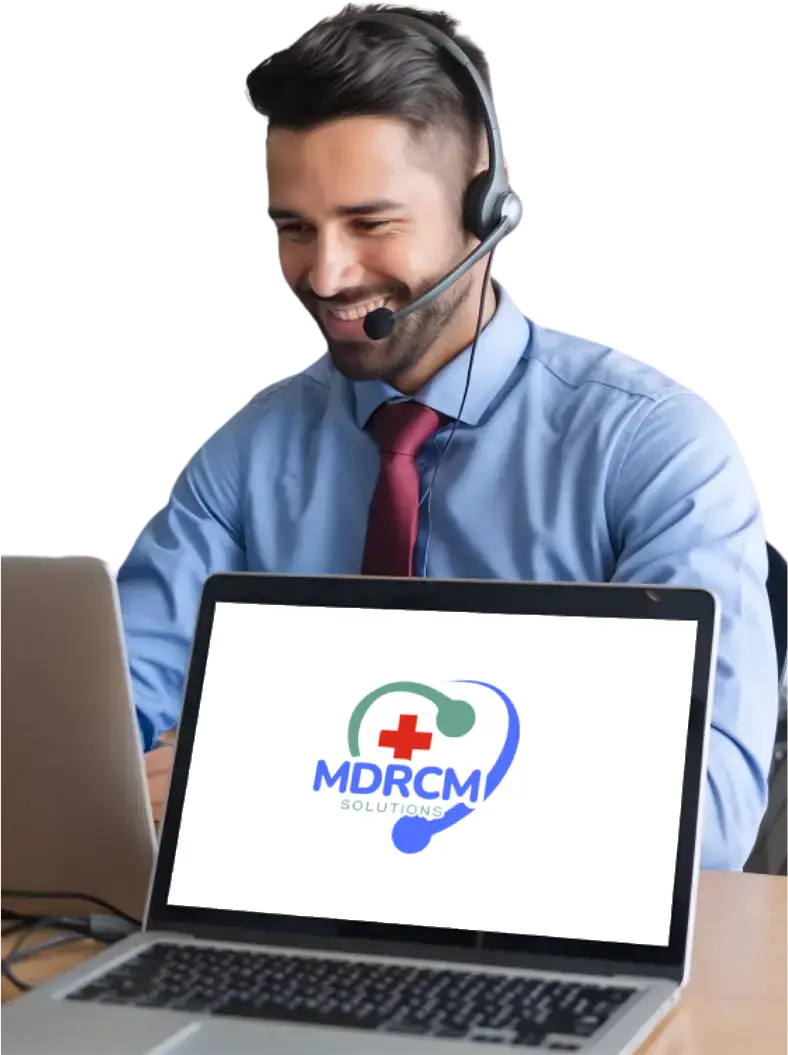The healthcare industry faces ongoing challenges in managing its revenue cycle, with delayed reimbursements and rising accounts receivable (A/R) days significantly impacting cash flow. Streamlining the revenue cycle is essential for healthcare providers to maintain financial stability and improve service delivery. This article outlines key strategies to minimize A/R days and enhance cash flow in healthcare settings.
Understanding the Revenue Cycle
The revenue cycle includes all administrative and clinical functions involved in capturing, managing, and collecting revenue from patient services. Key stages include patient registration, charge capture, claim submission, payment posting, and collections. Any inefficiency within these stages can lead to delays, resulting in increased A/R days and affecting cash flow.
Impact of Prolonged A/R Days
Prolonged A/R days can have far-reaching financial consequences, extending beyond lost revenue. Delayed reimbursements can lead to:
1. Reduced Cash Flow
- Operational Challenges: Limited access to working capital can affect the ability to pay staff, invest in new equipment, and maintain essential operations.
2. Increased Administrative Costs
- Resource Strain: Managing overdue accounts requires additional staff time and resources, adding pressure to already constrained budgets.
3. Strained Patient Relationships
- Patient Confusion: Delayed billing can lead to confusion and frustration among patients, negatively affecting their perception of your practice.
Strategies to Accelerate Reimbursements and Minimize A/R Days
1. Automate Processes
- Electronic Health Records (EHRs): Implementing EHRs can streamline the management of patient data, reduce errors, and accelerate the billing process.
- Claim Management Software: Using advanced claim management tools can automate claim submission, tracking, and follow-up, speeding up the reimbursement process.
2. Enhance Data Accuracy
- Accurate Patient Information: Ensuring accurate and updated patient information from the point of registration prevents billing errors and reduces claim denials.
- Precise Coding: Employ certified medical coders to ensure accurate coding, which reduces the chance of claim rejections and delays.
3. Optimize Billing Practices
- Efficient EHR Systems: EHRs can facilitate patient data management, reducing errors and improving billing speed.
- Claim Automation: Claim management software can streamline the process, ensuring faster submission and follow-up for quicker reimbursements.
4. Strengthen Follow-Up Procedures
- Automated Payment Reminders: Set up automated reminders for outstanding payments to improve the efficiency of collections.
- Dedicated Follow-Up Teams: Having specialized teams to handle unpaid claims ensures timely resolution and reduces payment delays.
5. Offer Patient Financial Counseling
- Upfront Cost Clarity: Provide patients with clear information about their financial obligations before services are rendered to minimize payment delays.
- Flexible Payment Plans: Offering flexible payment options can help patients meet their financial responsibilities, improving collections.
6. Utilize Analytics
- Performance Monitoring: Track key performance indicators (KPIs) such as days in A/R, denial rates, and collection ratios to identify areas for improvement.
- Predictive Analytics: Leverage predictive analytics to anticipate trends in patient billing and payments, allowing for proactive revenue cycle adjustments.
Benefits of Streamlining the Revenue Cycle
- Reduced A/R Days: Implementing efficient processes can significantly shorten the time it takes to collect payments, boosting cash flow.
- Improved Cash Flow: Better revenue cycle management ensures a steady cash flow, enabling healthcare providers to invest in patient care and facility upgrades.
- Enhanced Patient Satisfaction: Clear communication regarding financial responsibilities and streamlined billing processes contribute to better patient experiences and trust.
- Regulatory Compliance: Efficient revenue cycle management supports compliance with healthcare regulations, minimizing the risk of penalties or audits.
Conclusion
Streamlining the revenue cycle is critical for reducing A/R days and improving cash flow in healthcare. By embracing technology, improving data accuracy, optimizing billing practices, reinforcing follow-up procedures, providing financial counseling to patients, and utilizing analytics, healthcare providers can achieve financial stability and focus on delivering superior patient care. Implementing these strategies not only enhances the efficiency of the revenue cycle but also strengthens the overall health of the healthcare organization.
With MDRCM as a strategic partner, healthcare providers can optimize their revenue cycle and achieve sustained financial success.






